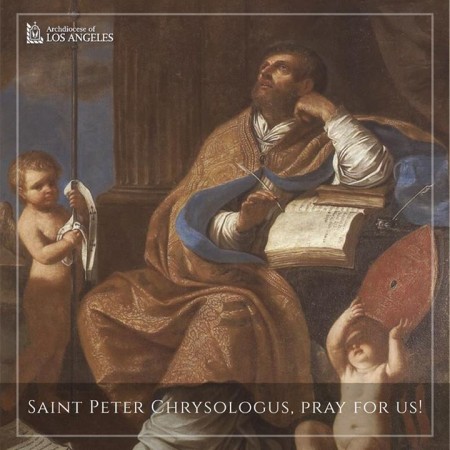 Saint Peter Chrysologus
Saint Peter Chrysologus
Image Courtesy: Archbishop Jose Gomez
(CNA) Born in Italy Imola in 406 Peter Chrysologus was an adult convert to Christianity — Following his study of Theology, Peter was Ordained a Deacon by Imola’s local Bishop Cornelius, whom he greatly admired and regarded as his spiritual father.
Bishop Cornelius, Peter’s mentor is credited with teaching Peter the values of humiliated and self-denial which benefited him as he lived as a Monk for many years, embracing a lifestyle of self-discipline, simplicity and prayer. Peter’s simple monastic lifestyle however would come to an end in 430 subsequent to the death of Archbishop John of Ravenna — Following this, the Clergy and the people of Ravenna chose a successor asking Cornelius (still the Bishop of Imola) to journey to Rome and obtain Papal approval of their candidate. Bishop Cornelius would take Peter with him, then still a Deacon to see Pope Sixtus III
Tradition relates that Pope Sixtus III had experienced a vision from God on the night before the meeting with Bishop Cornelius and Peter, commanding him to overrule Ravenna’s choice of a new Archbishop — Pope Sixtus subsequently declared that Peter was to be Ordained as the new Archbishop to replace the late Archbishop John of Ravenna.
In Ravenna the new Archbishop Peter was received warmly by the Western Roman Emperor Valentinian III and his mother Galla Placidia, she is said to have given him the title ‘Chrysologus’ (signifying ‘Golden Speech’) because of his preaching skills.
Throughout the Archdiocese, Bishop Peter Chrysologus encountered the surviving remnants of paganism along with the various abuses and distortions of Catholicism — Bishop Peter Chrysologus would exercise zeal and pastoral care in curbing these abuses while evangelizing non-Christians during his leadership of the Church in Ravenna.
One of the major heresies of his day was ‘Monophysitism’ which held that Christ did not possess a distinct human nature in union with his eternal divine nature. Bishop Peter Chrysologus labored to prevent the westward spread of this error promoted from Constantinople by Eutyches.
Archbishop Peter Chrysologus also would make improvements to Ravenna’s Cathedral, together with overseeing the construction of several new Churches. Near the end of his life he addressed a significant letter to Eutyches in 448 stressing the Pope’s authority in the monophysite controversy.
Sometime before his death in 450 Bishop Peter Chrysologus returned to Imola his birthplace — In 451 the Church would officially condemn monophysitism.
Related: For Today’s Most Holy Scripture Readings for the Memorial of St. Peter Chrysologus, Visit: -USCCB
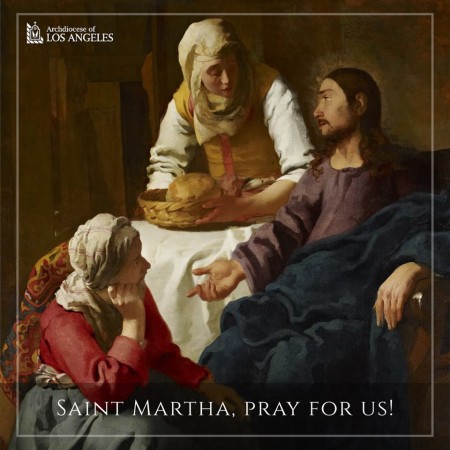 Saint Martha — Image Courtesy: Archbishop Jose Gomez
Saint Martha — Image Courtesy: Archbishop Jose Gomez 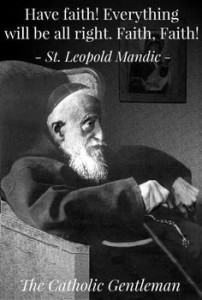
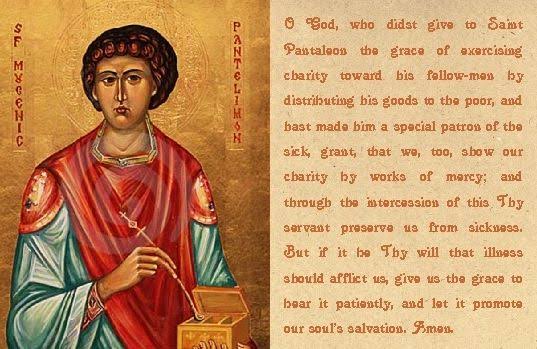 St. Panteleon (275-305)
St. Panteleon (275-305)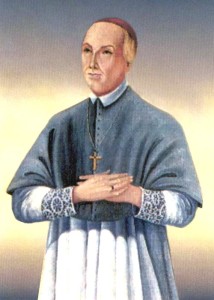
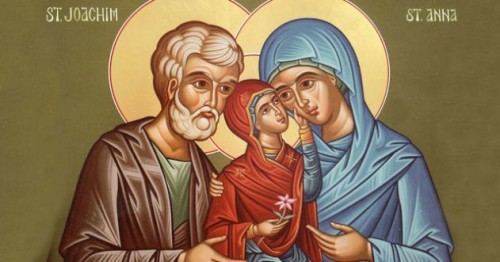 Saint Joachim & Saint Anne
Saint Joachim & Saint Anne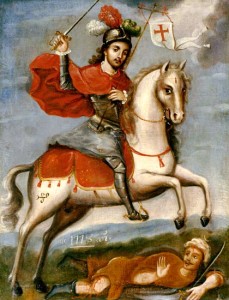
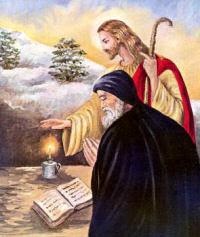
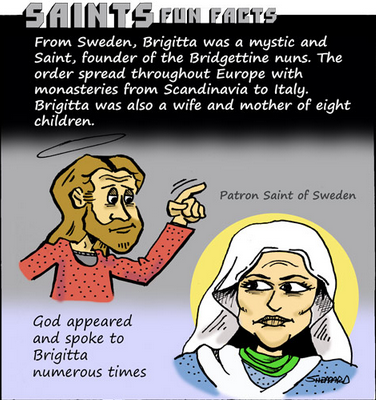
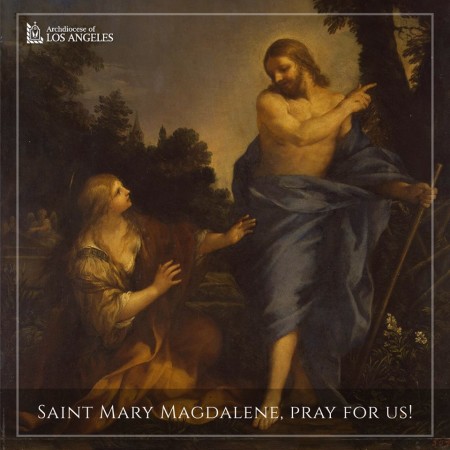 Saint Mary Magdalene –Image Courtesy: Archbishop Jose Gomez
Saint Mary Magdalene –Image Courtesy: Archbishop Jose Gomez